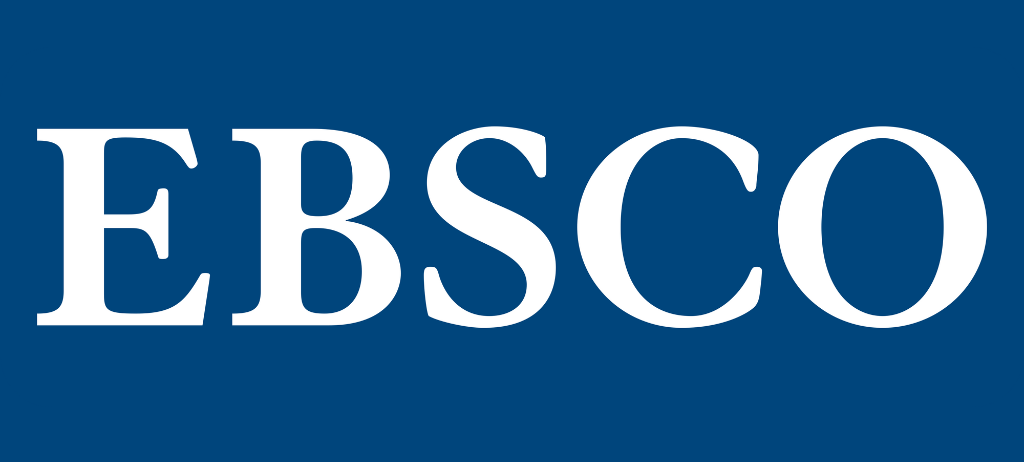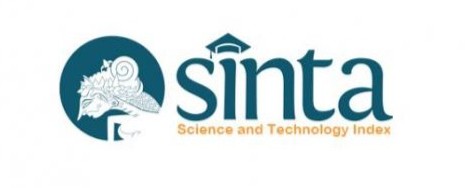Gendered Power Relations in the Language of Wayang Topeng Malangan in the Play Panji Dalang Patah Kuda Narawangsa, Kedungmonggo, Malang Regency
Downloads
The Wayang Topeng Malang performance titled Dhalang Patah Kuda Narawangsa is one of the unique plays staged by Padepokan Asmarabangun, alongside Ronggeng Rara Jiwa – Rara Tangis. This play presents peculiarities surrounding gender fluidity, which influence the power relations among characters through the dialogues delivered. To further explore this notion, this study employs Connell’s theory of gender hegemony as the primary analytical tool, and Peirce’s semiotics theory as a supporting framework to examine the language used through discourse analysis. In doing so, it contributes to the field of Linguistic Anthropology. This study aims to document the Wayang Topeng Malangan performance and investigate the systems and forms of power embedded within it through linguistic practices. The research shows that the language used constructs a system of masculine power when interacting with characters that present as either masculine or feminine. This practice creates hegemony by rejecting heterogeneous expressions of masculinity and their constitutive elements. Thus, gendered power emerges through linguistic choices—particularly those that convey emotional detachment and aggressiveness. Gendered power relations in the form of hegemony are present in both private spaces, such as the household, and public spaces, such as governance. The more frequent the enactment of power in these spaces, the greater the scale of masculinity that is produced.
Bhandari, S. R. (2021). The dimensions of language and thought in the vedic literature. Theory and Practice in Language Studies, 11(2). https://doi.org/10.17507/tpls.1102.04
Connell, R. (2000). The Men and The Boys. In Allen & Unwin. Allen & Unwin. http://scioteca.caf.com/bitstream/handle/123456789/1091/RED2017-Eng-8ene.pdf?sequence=12&isAllowed=y%0Ahttp://dx.doi.org/10.1016/j.regsciurbeco.2008.06.005%0Ahttps://www.researchgate.net/publication/305320484_SISTEM_PEMBETUNGAN_TERPUSAT_STRATEGI_MELESTARI
Connell, R. (2009). Gender In World Perspective (First). Polity Press.
Connell, R. (2020). Masculinities. In Masculinities (2nd ed.). University of California Press. https://doi.org/10.4324/9781351181600-7
Connell, R. W. (2005). Growing up masculine: Rethinking the significance of adolescence in the making of masculinities. Irish Journal of Sociology, 14(2). https://doi.org/10.1177/079160350501400202
Ferguson, K. E. (2023). THE MAN QUESTION: Visions of Subjectivity in Feminist Theory. In The Man Question: Visions of Subjectivity in Feminist Theory. https://doi.org/10.1525/9780520913028
Fira, R. (2021). QUALISIGN, SINSIGN, AND LEGISIGN IN GREAT EXPECTATIONS BY CHARLES DICKENS. English Language, Linguistics, and Culture International Journal, 1(1). https://doi.org/10.24252/elstic-ij.v1i1.22048
Hodžić-Čavkić, A. (2021). Interdisciplinarity of Sapir-Whorf Hypothesis. Društvene i Humanističke Studije (Online), 1(14). https://doi.org/10.51558/2490-3647.2021.6.1.75
Latifatul Isro’iyah, & Dwi Ima Herminingsih. (2023). Teaching Culture of Others through English Literature. International Journal of Language and Literary Studies, 5(2), 136–146. https://doi.org/10.36892/ijlls.v5i2.1248
Lovrović, L., & Kolega, C. T. (2021). Teaching Culture through Reading Literature in English Language Teaching. ELOPE: English Language Overseas Perspectives and Enquiries, 18(2). https://doi.org/10.4312/ELOPE.18.2.185-203
Middleton, Peter. (2024). The Inward Gaze: Masculinity and Subjectivity in Modern Culture. Taylor & Francis.
Morgan, David H. J. (2024). Discovering Men. Taylor & Francis.
Panjaitan, F. (2021). Membangun Nisbah Kehidupan Rumah Tangga: Tafsir Kolose 3:18-4:1. GEMA TEOLOGIKA: Jurnal Teologi Kontekstual Dan Filsafat Keilahian, 6(1), 81. https://doi.org/10.21460/gema.2021.61.659
Qur’ani, H. B. (2021). Citra Tokoh Perempuan Dalam Cerita Rakyat Jawa Timur. JENTERA: Jurnal Kajian Sastra, 10(2), 176. https://doi.org/10.26499/jentera.v10i2.1468
Ratna, Nyoman Kutha. (2007). Teori, Metode, dan Teknik Penelitian Sastra. Yogyakarta: Pustaka Pelajar.
Roper, Michael dan Tosh, John. (2021). Manful Assertions: Masculinities in Britain since 1800. Routledge.
Soedarsono, R. M., dan Tati Narawati. (2014). Dramatari di Indonesia, Kontinuitas, dan Perubahan. Yogyakarta: Gadjah mada University Press.
Sugiarti, S., Andalas, E. F., & Bhakti, A. D. P. (2022). Representasi maskulinitas laki-laki dalam cerita rakyat nusantara. KEMBARA Journal of Scientific Language Literature and Teaching, 8(1), 181–196. https://doi.org/10.22219/kembara.v8i1.18245
Suhendra, A. P. R. (2021). Analisis Penggunaan Kohesi Leksikal pada Teks Cerita Pendek Siswa Kelas XI SMA Negeri 4 Bogor ini adalah penggunaan jenis kohesi leksikal lingual yang lain dalam wacana . Triangulasi: Jurnal Pendidikan Kebahasaan, Kesastraan, Dan Pembelajaran, 1(1), 1–9.
Sumaryono, S. (2020). Persebaran Cerita Panji dalam Spirit Kenusantaraan. Dance and Theatre Review, 3(1). https://doi.org/10.24821/dtr.v3i1.4414
Timoer, Soenarto. (1979). Wayang Topeng Dhalang Jawa Timur. Jakarta: Proyek Sasana Budaya Jakarta Departemen Pendidikan dan Kebudayaan.
Wulandari, S. (2021). Kalimat Imperatif Dalam Novel Selena Karya Tere Liye (Kajian Sintaksis). Jurnal PENEROKA, 1(01), 134. https://doi.org/10.30739/peneroka.v1i01.748
You, Y. (2021). Patriarki, Ketidakadilan Gender, dan Kekerasan Atas Perempuan.
Yuliawati, S. (2008). Konsep Percakapan Dalam Analisis Wacana. Fakultas Sastra Universitas Padjadjaran, 1–24.
Yusriansyah, E. (2023). Transformasi Dan Kritik Sosial Naskah Drama Adaptasi Dari Cerpen Rahim Karya Cok Sawitri. Ilmu Budaya: Jurnal Bahasa, Sastra, Seni, Dan Budaya, 7(2), 349–360. https://doi.org/10.30872/jbssb.v7i2.10849
Zoest, A. V. (1993). Semiotika. Terjemahan: Ani Soekowati. Jakarta: Yayasan Sumber Agung.

LAKON by Unair is licensed under a Creative Commons Attribution-NonCommercial-ShareAlike 4.0 International License.
1. The journal allows the author to hold the copyright of the article without restrictions.
2. The journal allows the author(s) to retain publishing rights without restrictions
3. The legal formal aspect of journal publication accessibility refers to Creative Commons Attribution-NonCommercial-ShareAlike (CC BY-NC-SA).


.png)













